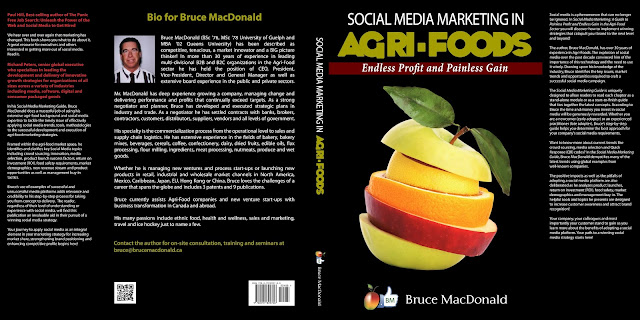20 QUESTIONS ON GENETICALLY MODIFIED (GM) FOODS PART 1
Published in WHO
Q1. What are genetically modified (GM) organisms and GM foods?
These questions and answers have been prepared by WHO in response to questions and concerns by a number of WHO Member State Governments with regard to the nature and safety of genetically modified food.
Genetically modified organisms (GMOs) can be defined as organisms in which the genetic material (DNA) has been altered in a way that does not occur naturally. The technology is often called “modern biotechnology” or “gene technology”, sometimes also “recombinant DNA technology” or “genetic engineering”. It allows selected individual genes to be transferred from one organism into another, also between non-related species.
Such methods are used to create GM plants – which are then used to grow GM food crops.
Q2. Why are GM foods produced?
GM foods are developed – and marketed – because there is some perceived advantage either to the producer or consumer of these foods. This is meant to translate into a product with a lower price, greater benefit (in terms of durability or nutritional value) or both. Initially GM seed developers wanted their products to be accepted by producers so have concentrated on innovations that farmers (and the food industry more generally) would appreciate.
The initial objective for developing plants based on GM organisms was to improve crop protection. The GM crops currently on the market are mainly aimed at an increased level of crop protection through the introduction of resistance against plant diseases caused by insects or viruses or through increased tolerance towards herbicides.
Insect resistance is achieved by incorporating into the food plant the gene for toxin production from the bacterium Bacillus thuringiensis (BT). This toxin is currently used as a conventional insecticide in agriculture and is safe for human consumption. GM crops that permanently produce this toxin have been shown to require lower quantities of insecticides in specific situations, e.g. where pest pressure is high.
Virus resistance is achieved through the introduction of a gene from certain viruses which cause disease in plants. Virus resistance makes plants less susceptible to diseases caused by such viruses, resulting in higher crop yields.
Herbicide tolerance is achieved through the introduction of a gene from a bacterium conveying resistance to some herbicides. In situations where weed pressure is high, the use of such crops has resulted in a reduction in the quantity of the herbicides used.
Q3. Are GM foods assessed differently from traditional foods?
Generally consumers consider that traditional foods (that have often been eaten for thousands of years) are safe. When new foods are developed by natural methods, some of the existing characteristics of foods can be altered, either in a positive or a negative way National food authorities may be called upon to examine traditional foods, but this is not always the case. Indeed, new plants developed through traditional breeding techniques may not be evaluated rigorously using risk assessment techniques.
With GM foods most national authorities consider that specific assessments are necessary. Specific systems have been set up for the rigorous evaluation of GM organisms and GM foods relative to both human health and the environment. Similar evaluations are generally not performed for traditional foods. Hence there is a significant difference in the evaluation process prior to marketing for these two groups of food.
One of the objectives of the WHO Food Safety Programme is to assist national authorities in the identification of foods that should be subject to risk assessment, including GM foods, and to recommend the correct assessments.
Check out my latest e-book entitled: "Social Media Marketing in Agri-Foods: Endless Profit and Painless Gain"The book is available on Amazon and Kindle for $4.99 USD. Visit amazon/Kindle to order now:
http://www.amazon.ca/Social-Media-Marketing-Agri-Foods-ebook/dp/B00C42OB3E/ref=sr_1_1?s=digital-text&ie=UTF8&qid=1364756966&sr=1-1
Thanks for taking the time


No comments:
Post a Comment